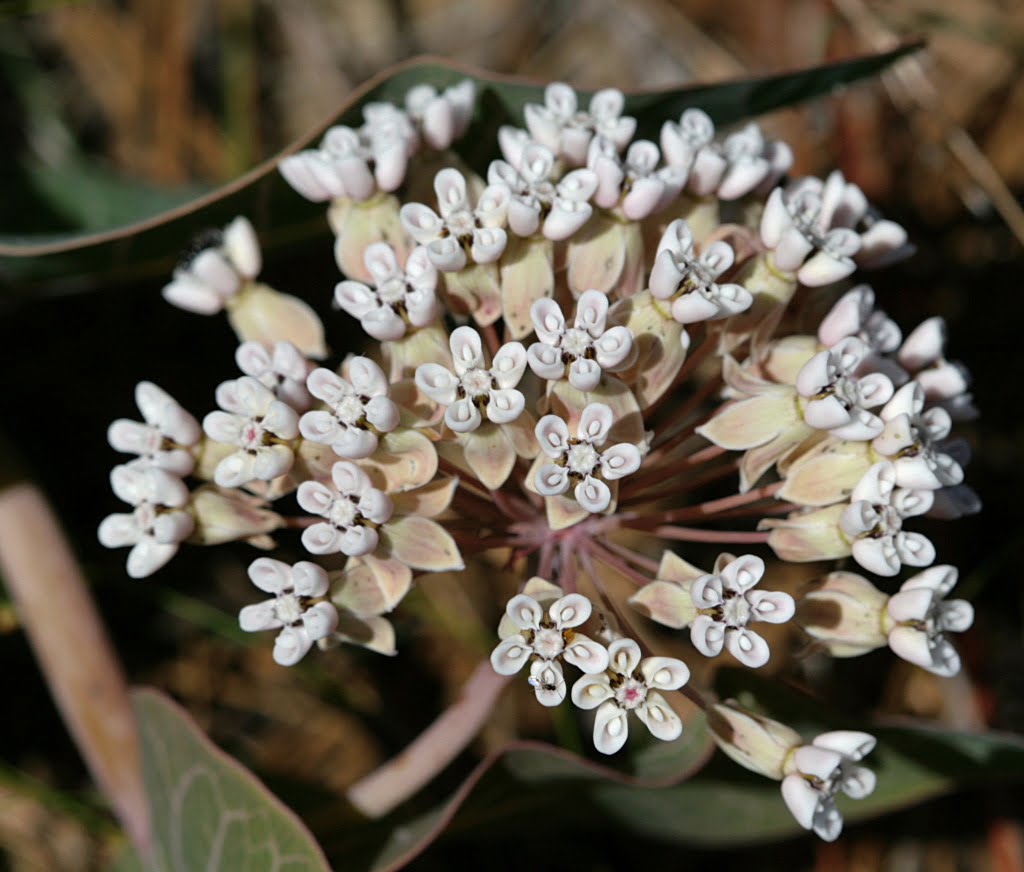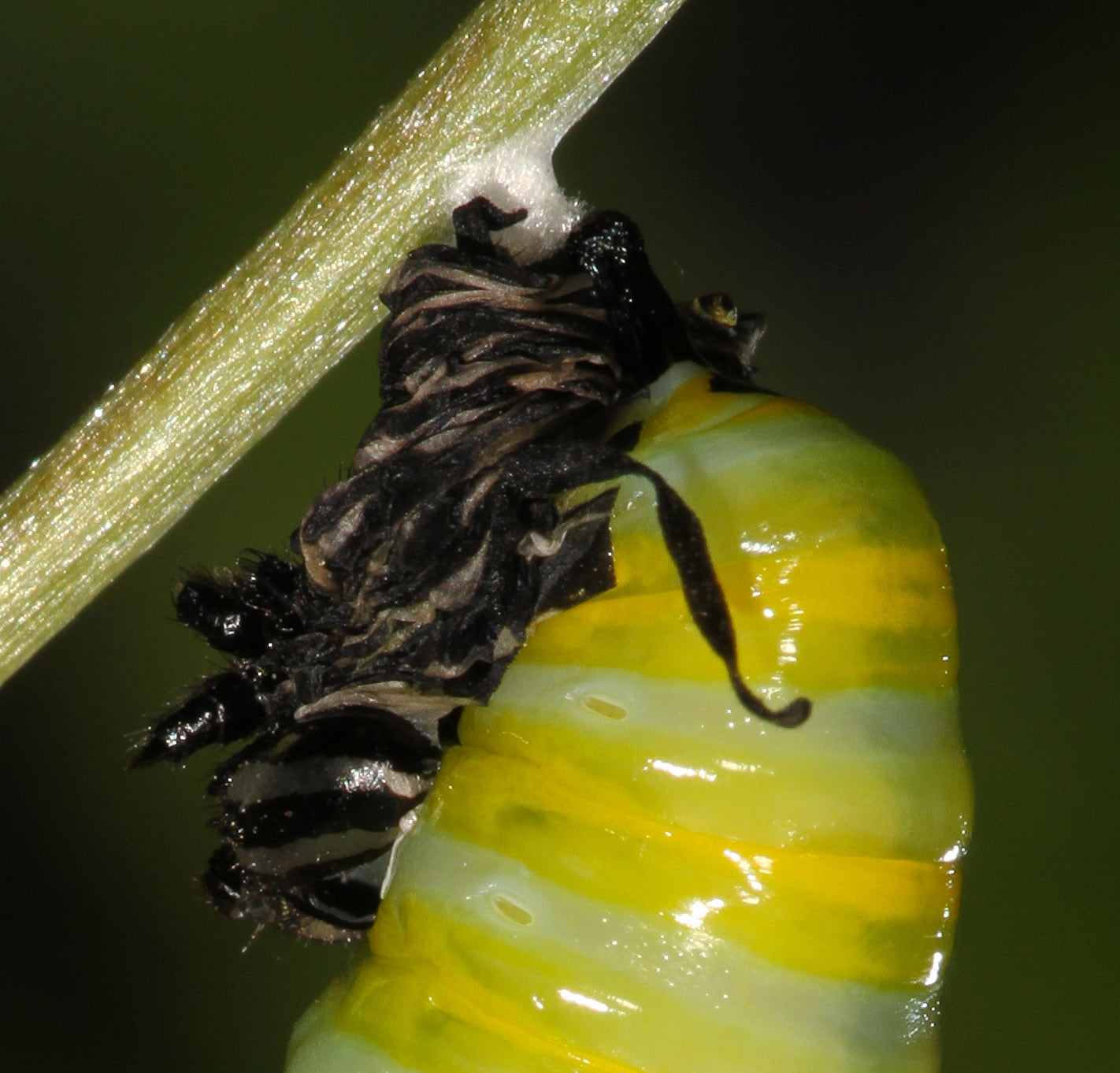If a caterpillar falls during the early stages of pupation, it’s very important to handle the situation with care. Here are some steps you can take:
1. Assess the Situation
First, it’s essential to figure out the cause of the fall. Did the caterpillar fall because it’s ill, or was it simply an accident? If the caterpillar is still moving and trying to pupate, it was likely an accident. If it is lethargic and not moving, it could be ill.
2. Sterilize Your Hands
Before handling the caterpillar, wash your hands thoroughly and consider using gloves. Caterpillars can be sensitive to the oils and bacteria on our skin.
3. Reattach the Caterpillar
If the caterpillar is still in the process of forming a chrysalis, you can try to help it attach back to a safe surface. You can use a soft brush or a cotton swab to gently coax the caterpillar to grab onto the surface. Make sure the surface is somewhere safe and vertical.
4. Reposition the Caterpillar
If the caterpillar has just begun to pupate and has not yet hardened into a chrysalis, you might be able to reposition it by using a thin stick or similar object. Be extremely gentle, and try to reposition it back to a vertical surface.
5. Monitor the Caterpillar
After repositioning, continue to monitor the caterpillar. If it doesn’t begin to form a chrysalis or if it looks ill, it may need further assistance.

20 Florida-Native Sandhill Milkweed Seeds Ascslepias Humistrata Pinewood Milkweed
With Johnny Butterflyseed’s Sandhill Milkweed seeds, you’re not just planting flowers; you’re cultivating a living mosaic of nature’s marvels. Florida Native.
It’s important to remember that nature can be harsh, and despite our best efforts, not all caterpillars will successfully pupate. However, by offering a helping hand, you can improve the odds for a caterpillar that has fallen. Together, we will learn how to better care for these delicate miracles of nature… one day at a time!
